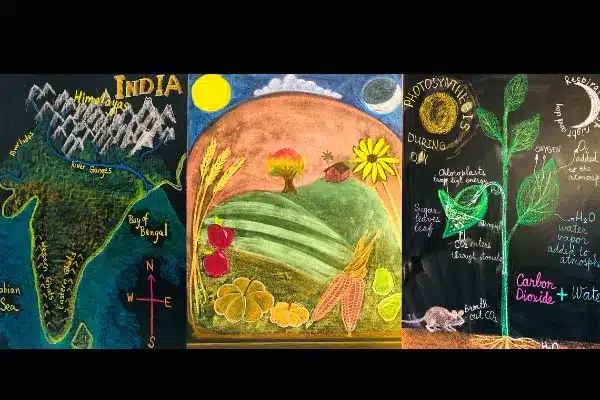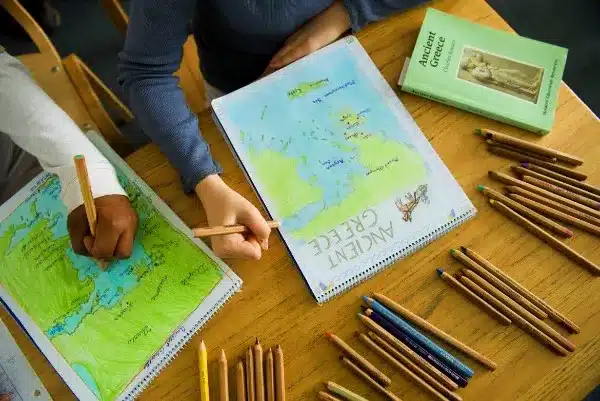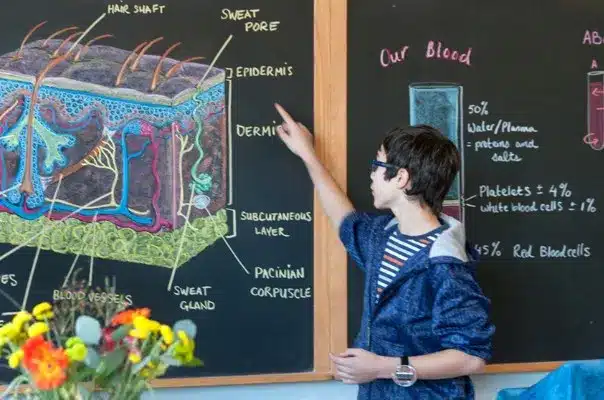Art teachers get to have fun. They teach through play, spread joy, and get their students’ creative juices flowing. While we may acknowledge, theoretically, that joy, creativity, and learning are related, the daily reality of teaching appears to leave less room for artistic values and persuasions.
The common perception is such… art teachers inspire creative capacities; the rest of the faculty has more “serious” work to accomplish. However, as engaged teachers know, this is very far from the truth. Teachers, in all schools, find themselves as purveyors of the arts as they stand before their students. They work to cultivate a learning environment that encourages each student’s ability to think synergistically and create — compositions, experiments, or variable solutions to problems — in STEM classes and in the humanities.
Let’s consider that art, as a value in education, can be defined as emphasizing action over words; a value of creating, cultivating, initiating, and unfolding over instructing, memorizing, and reciting. Of course, all have a place in education, but some argue the balance has tipped much too far into the realm of measurable result of a particular type of intelligence.
To that end, artistic teaching deepens a student’s knowledge of a given subject matter; strengthens recall; inspires relevant, original, and innovative work, and even cultivates a moral development. It teaches students how to bring together internal intention with external influence, to engage deeply in process, and to produce a worthwhile result.
While there are many approaches to integrating the values of artistry into classrooms, Waldorf Education recognizes that artistic value is best shown through daily artistic work. Instead of teaching art in art class, artistic methods are embedded into core academic subjects. Does this approach work? How successful are Waldorf school graduates in higher education and beyond? A Research Bulletin entitled Standing Out Without Standing Alone: Profile of Waldorf School Graduates encapsulates the results of the comprehensive Survey of Waldorf Graduates, Phase II, which indicates that Waldorf graduates, regardless of career endeavors, share the following capacities:
- They value the opportunity to think for themselves and to translate their new ideas into practice.
- They both value and practice life-long learning and have a highly-developed sense for aesthetics.
- They value lasting human relationships.
- They seek out opportunities to be of help to other people.
- They sense that they are guided by an inner moral compass that helps them navigate the trials and challenges of their professional and private lives.
- They carry high ethical principles into their chosen professions.
Ultimately, when educators choose to leverage and honor the arts day-to-day, they help show their students that artistic creation, in all its forms, has personal and societal value and relevance.
We all seek to create and innovate in our lives in order to bring personal meaning and relevancy to the larger world. It’s important to recognize that this is an artistic intention.





